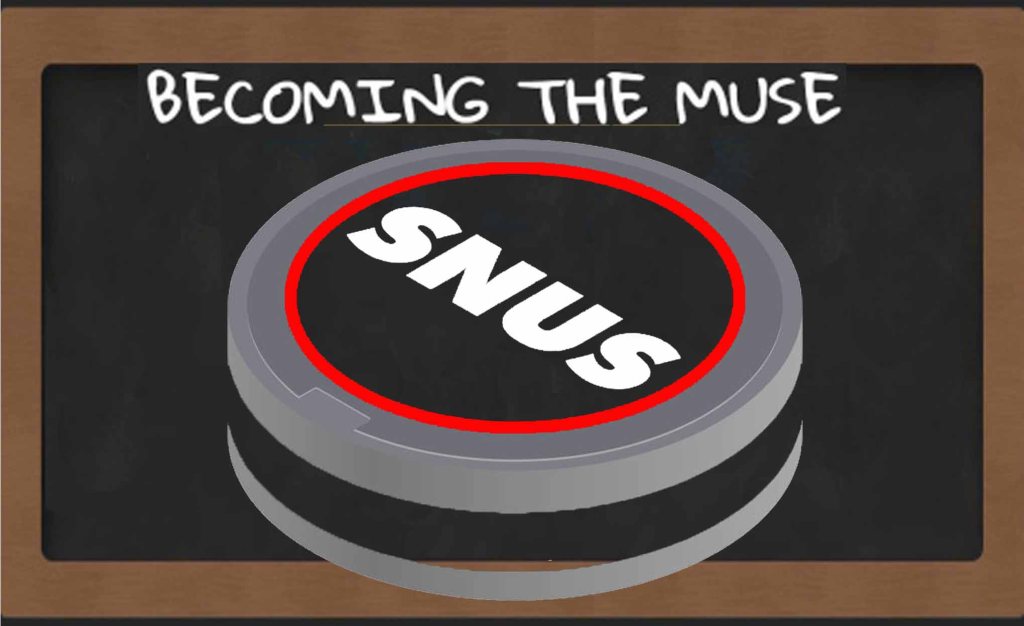Europeans first got introduced to tobacco when Christopher Columbus and his men went ashore on the island of Hispaniola (Haiti) in the West Indies in October 1492. They were presented with dry leaves considered valuable by the island locals.
By the mid 1500s the tobacco was being used by physicians in Lisbon as a possible cure for cancer and other illnesses after Spanish and Portuguese seamen transported the tobacco plant to Europe where some begun to grow it in their backyards.
At around the 1560s Jean Nicot, French ambassador in Lisbon from whose name the latin name of tobacco Nicotiana tabacum was derived ran into this backyard tobacco and was impressed enough to take some tobacco plants back home to Paris. Upon discovery of Queen Catherine de Medici of France’s affliction of chronic headaches, Jean Nicot advised her to crush tobacco leaves and inhale the powder through the nose.
After the queen was cured of her migraines, snuff became a miracle cure in French courts, and with the queen’s regular usage of it became a fashionable trend more acceptable at court than smoking. The trend of using snuff tobacco spread throughout Europe and took root in Sweden by the 1700s owning an ornate snuff box was a status symbol amongst the aristocracy.
The French Revolution brought with it an end of the upper class who used snuff although its usage peaked temporarily under Napoleon who was a major user of snuff then becoming unfashionable and downright politically risky again after his fall… Cigars become the in thing.
Meanwhile snuff usage in Sweden underwent a consumption change with people switching from sniffing it, to using a moist tobacco that was placed under the lip. By the 1800s Swedish manufactures were making their own brand of moist tobacco known as snus.
Swedes who migrated to America between the 1840 an early 1900 carried with them their traditions which included snus and this was how it wound up in America. To date snus is used in America although the manufacturing process and ingredients are slightly different from Swedish snuff. Snus Comparison compares the different types of snus.
Snus usage took a fall especially following American trends popularising smoking cigarettes after world war two.
From the 1960s snus once again begun to rise after documentation and research on health risks associated with smoking were reported with snus being considered to be potentially less harmful to health…
The history of tobacco is also embroiled with the history of Africa. Tobacco is a labour intensive crop and tobacco plantations in America were tended to by slave labour from Africa. The Portuguese are credited with importing tobacco from America and their South American colony of Brazil to their settlements on the West African coast around the turn of the 17th Century.
The oldest firm of tobacco merchants in South Africa, J Sturk and Company, came into existence in 1791. Foreign soldiers and colonialists shaped tobacco habits with French regiments popularizing for example snuff taking.
To date in Zimbabwe tobacco is cash crop accounting for a large percentage of agriculture earrings it is regarded as the green gold.
**To keep the lights on, on Becoming The Muse this is a sponsored article and contains advertisements.



Your thoughts.. if you will?